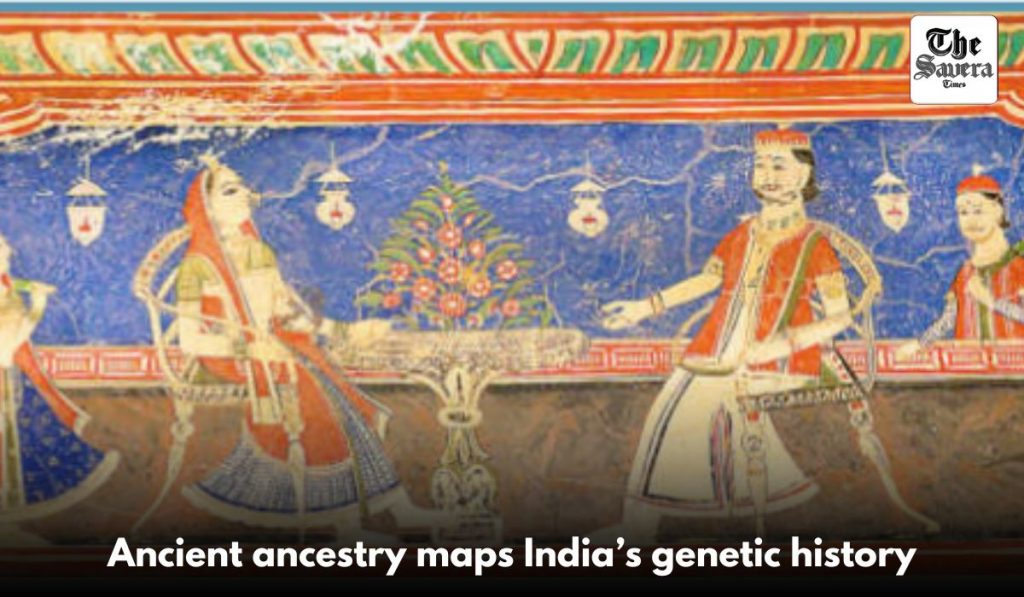A groundbreaking genetic study published in the journal Cell has shed new light on the ancestral roots of modern-day Indians, tracing them back to a mix of three ancient populations: Neolithic Iranian farmers, Eurasian Steppe pastoralists, and indigenous South Asian hunter-gatherers.
The research, led by a team from the University of California, Berkeley, is one of the most comprehensive to date, analyzing whole genome sequences from 2,762 individuals aged 60 and above across 18 Indian states. These participants represented urban and rural areas, speakers of major language families such as Indo-European, Dravidian, and Tibeto-Burman, and historically underrepresented communities like Scheduled Tribes, Scheduled Castes, and Other Backward Classes.
The study forms part of the Longitudinal Ageing Study in India Diagnostic Assessment of Dementia, and it provides a detailed picture of the genetic diversity and evolutionary history of Indian populations over the last 50,000 years. According to Priya Moorjani, assistant professor at UC Berkeley’s Center for Computational Biology, the majority of Indians—both in the north and south—exhibit genetic signatures of this three-way admixture.
“In India, genetic and linguistic variation often go hand in hand, shaped by ancient migrations and social practices,” added lead author Elise Kerdoncuff. The researchers traced the origins of modern Indian populations to a single major migration out of Africa around 50,000 years ago.
This was followed by genetic exchanges with archaic humans such as Neanderthals and Denisovans. Remarkably, the study found that Indians carry about 1–2 per cent of their DNA from these archaic ancestors. This gene flow has contributed to traits related to immunity and adaptation. In fact, Indian genomes revealed the highest known variation in Neanderthal ancestry among non-Africans.
Since different Neanderthal genetic segments are found in different individuals, the study was able to reconstruct around 50 per cent of the Neanderthal genome and 20 per cent of the Denisovan genome from Indian samples. This reconstruction offers new insights into how ancient DNA continues to influence health in modern populations.
Another significant finding of the study was the high degree of endogamy in Indian society—marriages within specific castes or communities. Each individual in the sample had at least one relatively close genetic relative, suggesting a high level of relatedness within communities.
This pattern has persisted for centuries and has led to elevated levels of homozygosity, meaning individuals inherit identical gene versions from both parents.
Homozygosity in Indian populations is found to be two to nine times higher than in East Asians and Europeans. This increases the risk of recessive genetic disorders, where two copies of a mutated gene cause disease. The study linked many of these inherited variants to congenital and blood disorders, metabolic conditions, and even complex illnesses like dementia.
The research not only deepens our understanding of how ancient migrations shaped India’s population but also underscores the importance of studying genetic diversity to identify risks for inherited diseases and improve public health.
